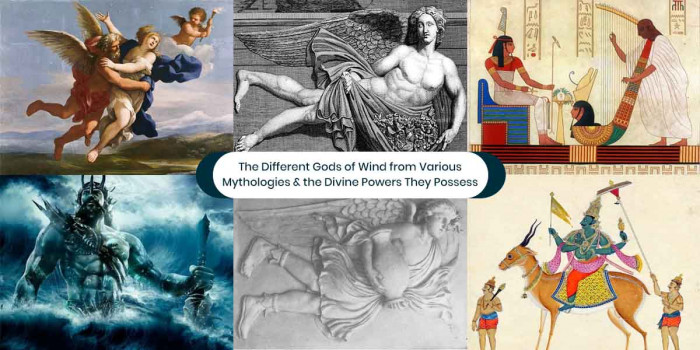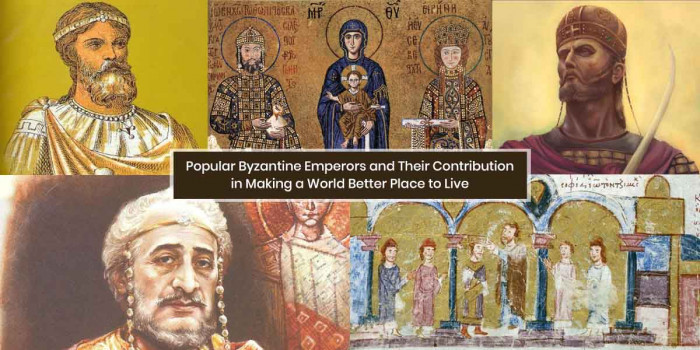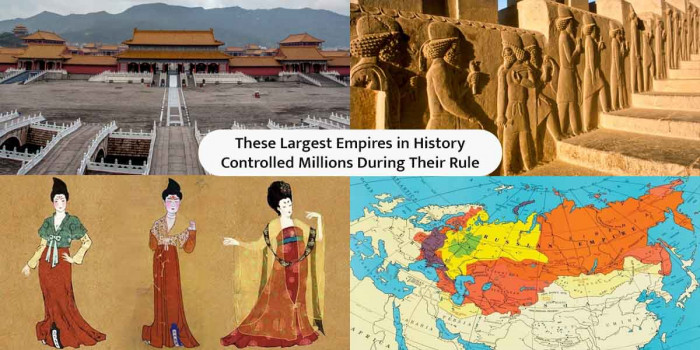The Mythical Beliefs And Religion Of Pagan Vikings
Vikings in Norse mythology were seafaring raiders and traders of Northern European lands who were absolute pagans and influenced surrounding societies and lands during the 8th and 11th centuries.
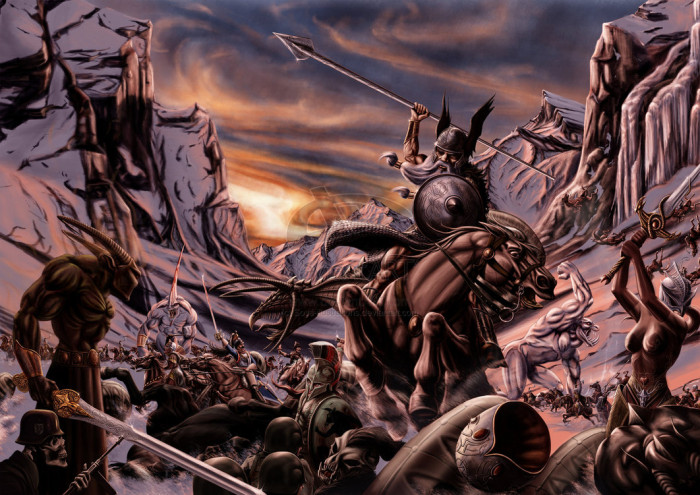
It was several centuries back when the warriors and warlords of agrarian pagan Scandinavia began their journey from their Northern European native lands as explorers, traders, settlers, conquerors, and raiders. These seafarers made such an unforgettable influence on the neighboring lands during the 8th and 11th centuries that the period in history was named after them as Viking Age.
Historians record that the very first major Viking raid took place in 793, destroying the abbey on the Lindisfarne island, England. And this went on until the last major Viking Battle (Battle of Stamford Bridge) in 1066. The old Norse-speaking Vikings worshipped many gods and Norse myths are the stories about their gods, monsters, and giants.
Let’s get to know about the Viking religions and beliefs here.
The Vikings Believed That Many Gods Lived in a Sky World Called Asgard
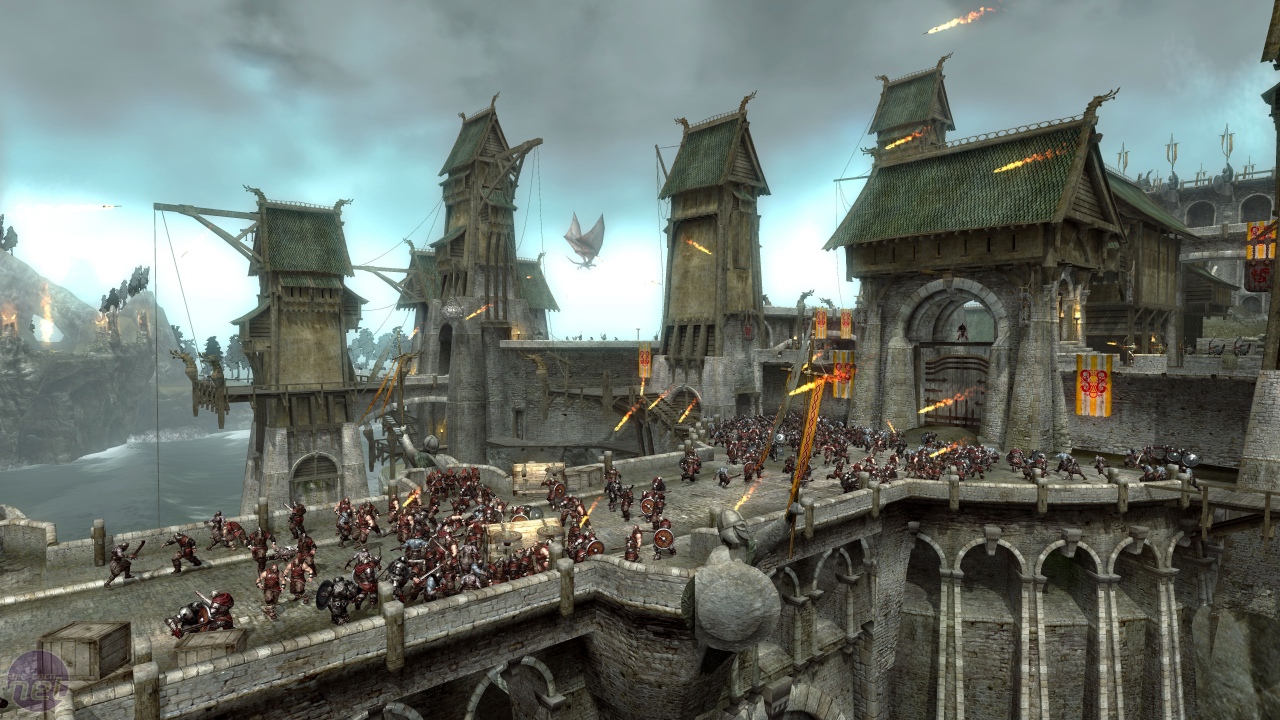
According to the Vikings’ beliefs, many different gods inhabited a place or sky world called Asgard. Every god was responsible for a different thing like war, travel, or home. These gods were not perfect and possessed human qualities and weaknesses like jealousy and greed.
Odin Was the Supreme God of Norse Pantheons
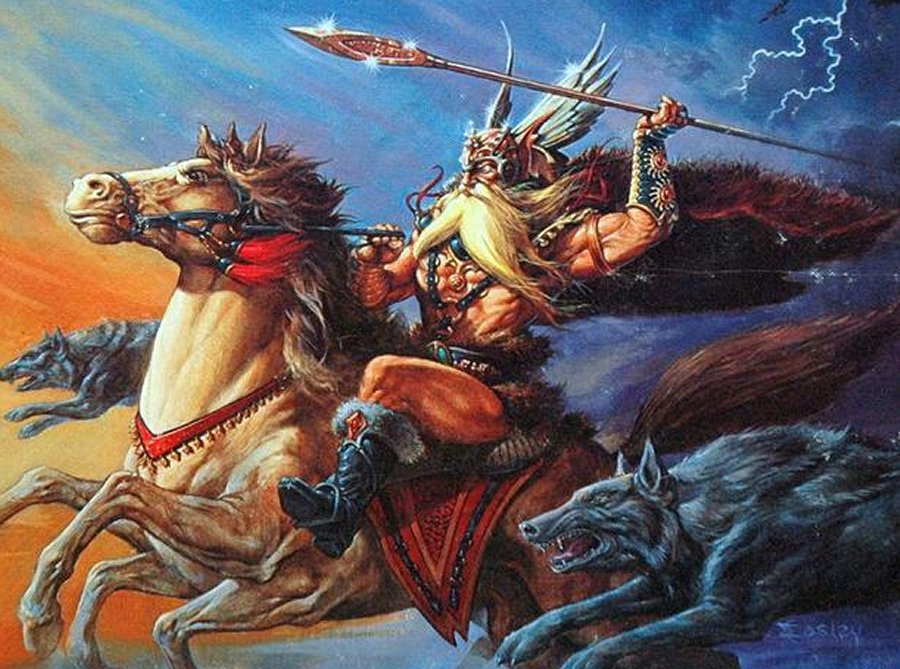
The ruler of the gods ‘Odin’ was the god of magic, war and poetry. Frigg was his wife and kind, gentle Balder was his son. Riding on an eight-legged magical horse Sleipnir, he represented courage and wisdom.
Red-Headed Thor is Regarded as God of Thunder
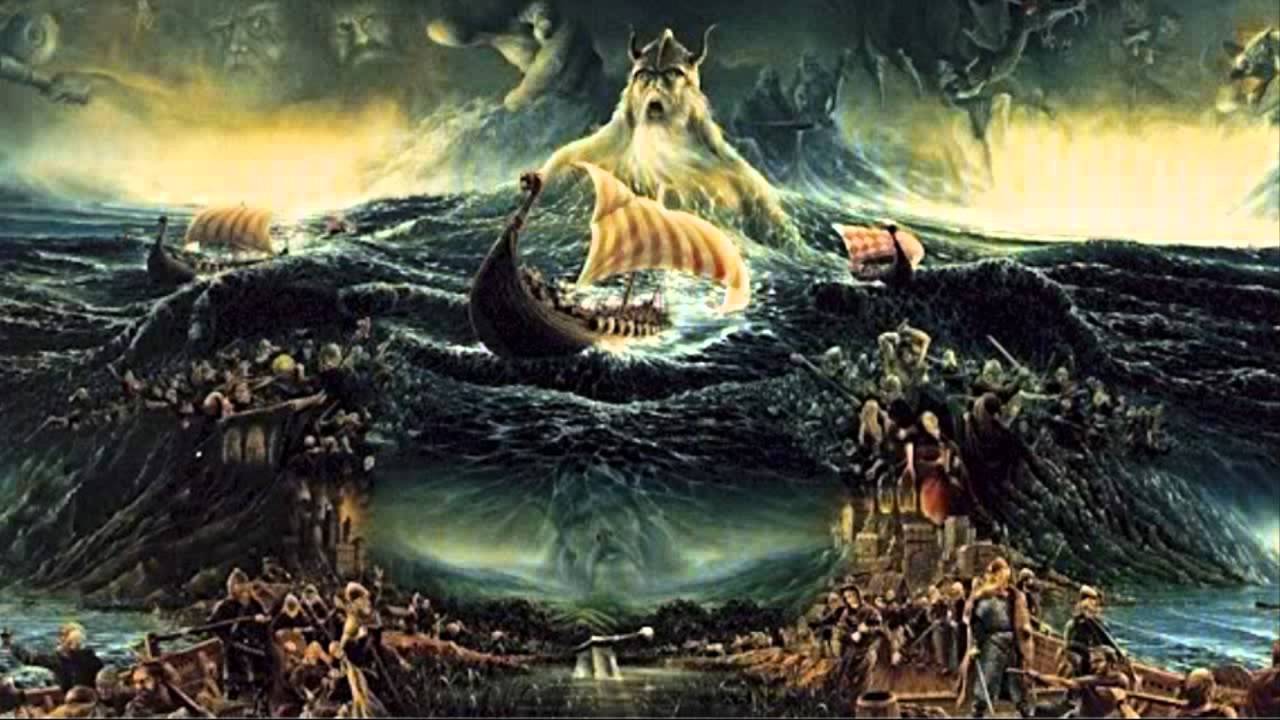
One of the great heroes in Viking mythology, Thor is the god of thunder who carried a mighty silver hammer, magic belt and hammer. Riding through the sky in a spectacular chariot, he helped the poor. He was also the god of sky, storm, fertility and the law. In a myth, Thor strives to prove his strength to the Giant King by trying to lift a giant cat. He was able to lift only one of its paws.
‘The Trickster God’ Loki Caused Balder’s Death
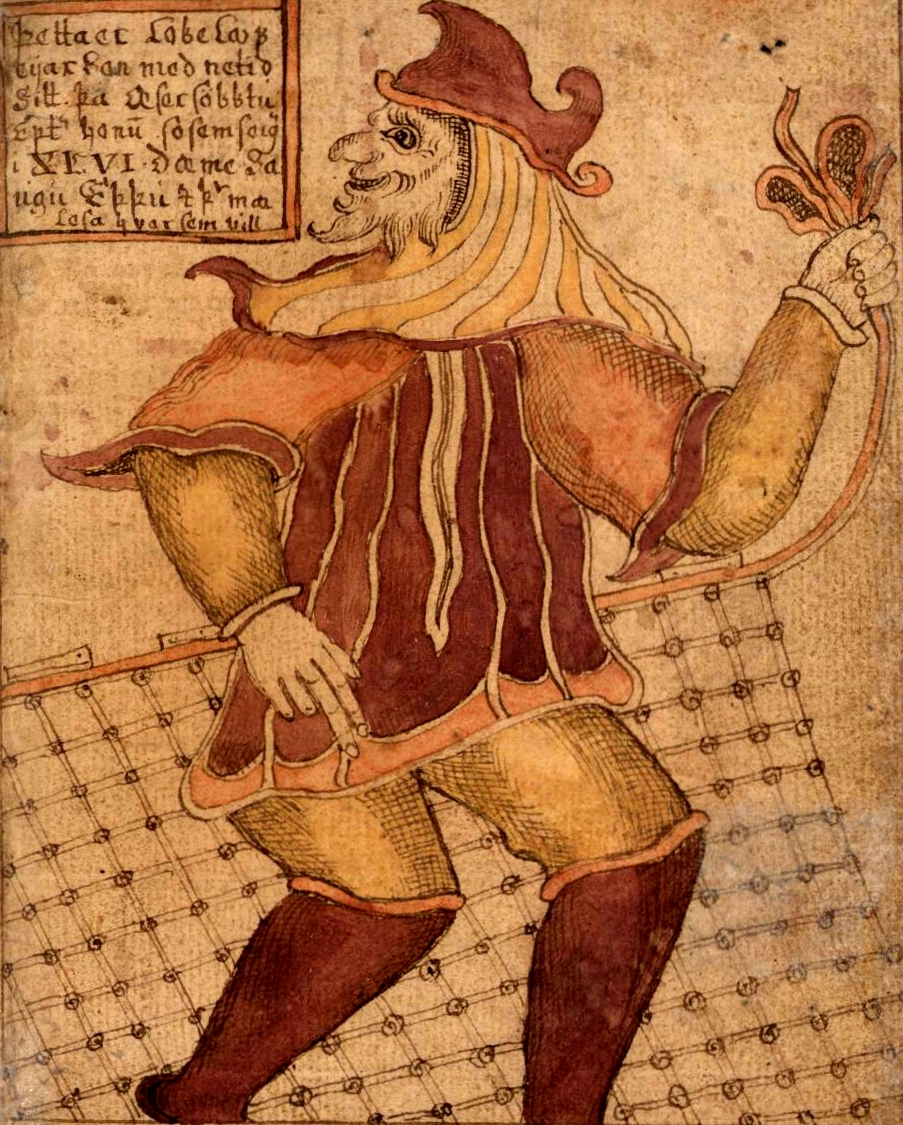
A strange and mischievous creature Loki was a trickster god who was responsible for Balder’s death. Part-god and part-devil, Loki is called the ‘wizard of lies.’
The Goddess of Love & Fertility ‘Freyja’ Cried Golden Tears
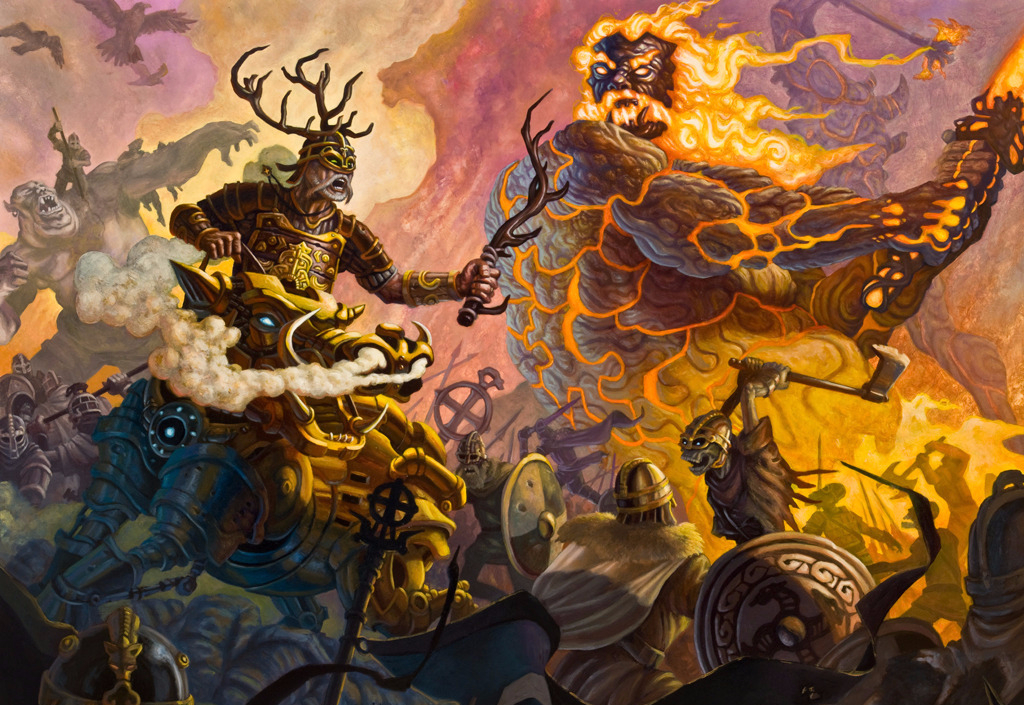
When the goddess of love and fertility Freyja was unhappy, she could weep golden tears. She had a twin brother named Freyr. Their holy animal was the boar. A warrior goddess, Freyja made sure that the sun shone, rain fell and crops grew.
Valkyries Brought the Dead Warriors to Valhalla for Feasting
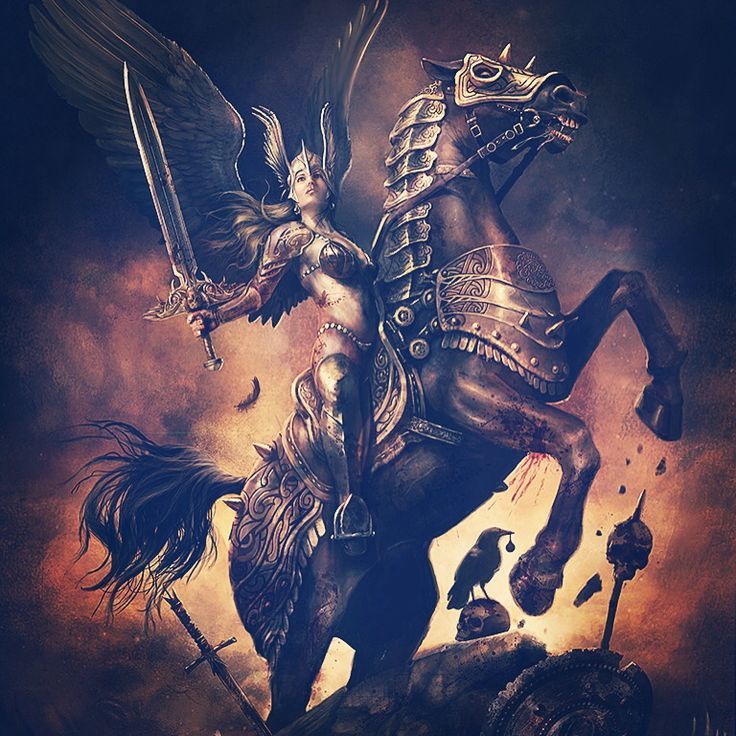
Vikings held a belief that a warrior who got killed in a battle went to Valhalla. Valhalla was a magnificent hall where the heroes took the feast on long tables. The warrior maidens Valkyries were sent by Odin for bringing dead warriors to Valhalla through the skies.
Burial & Cremation of Dead Vikings
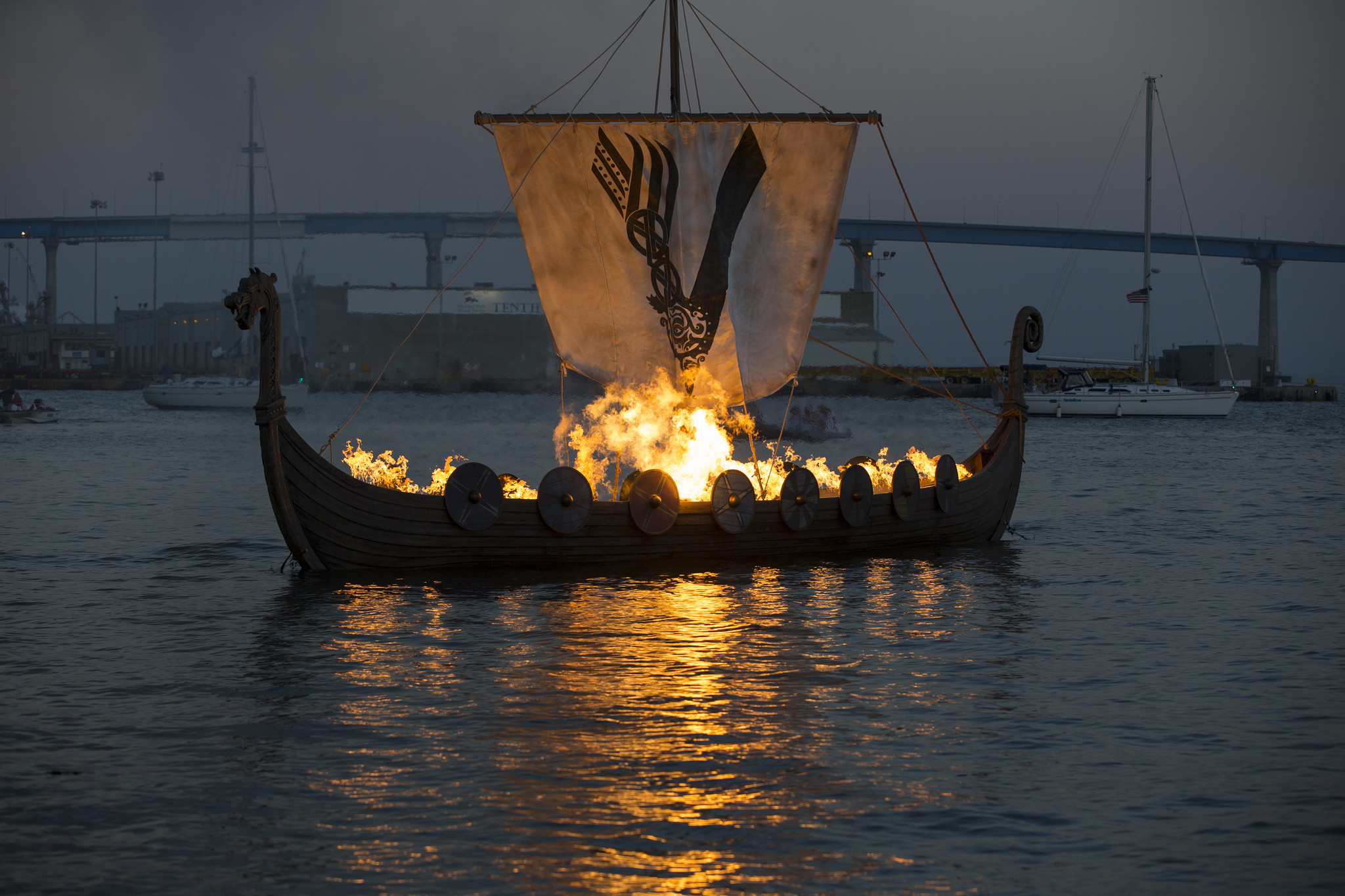
A dead Viking was cremated or buried along with some of their belongings. Some of the chiefs went through ship burials along with weapons, treasure, and their favorite dogs and horses.
Magical Creatures were Rife in Viking Age
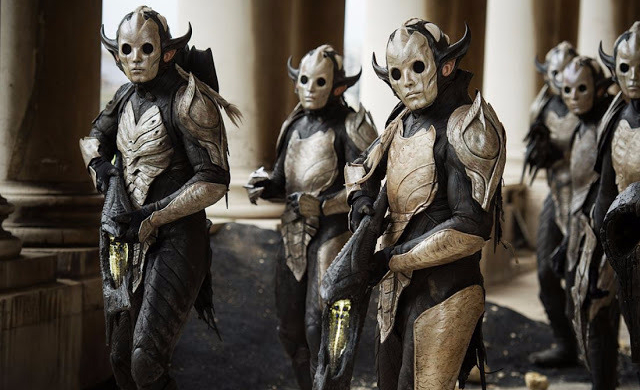
A lot of Viking stories tell how people lived in Midgard or Middle Earth with elves, dwarves, and giants. A rainbow bridge linked Midgard and Asgard (sky world). Harmless, evil, and nice, the Valkyries myths were full of magic and monsters. Monsters such as trolls, sea serpents, dragons and nissers, and pesta were a part of Vikings tales.
Did Vikings Worship in Magic Trees & Wooden Temples?
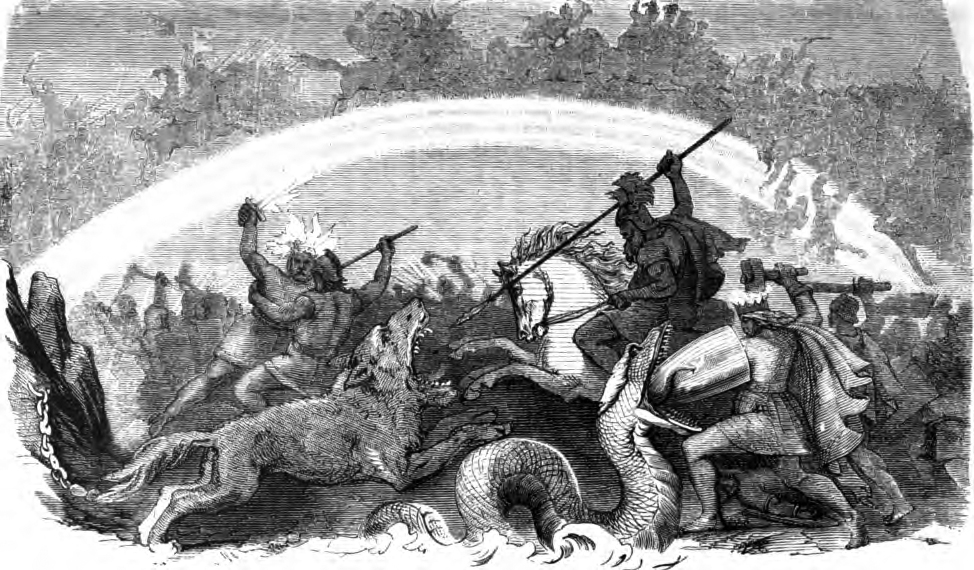
It’s not known much in records as to where and how did the Vikings worship their old gods. They were believed to be in ‘magic trees’ and wooden temples. Some Vikings might have even killed captives as human sacrifices.
After Vikings Turned Christians, Old Pagan Customs Died Out & Churches Were Founded
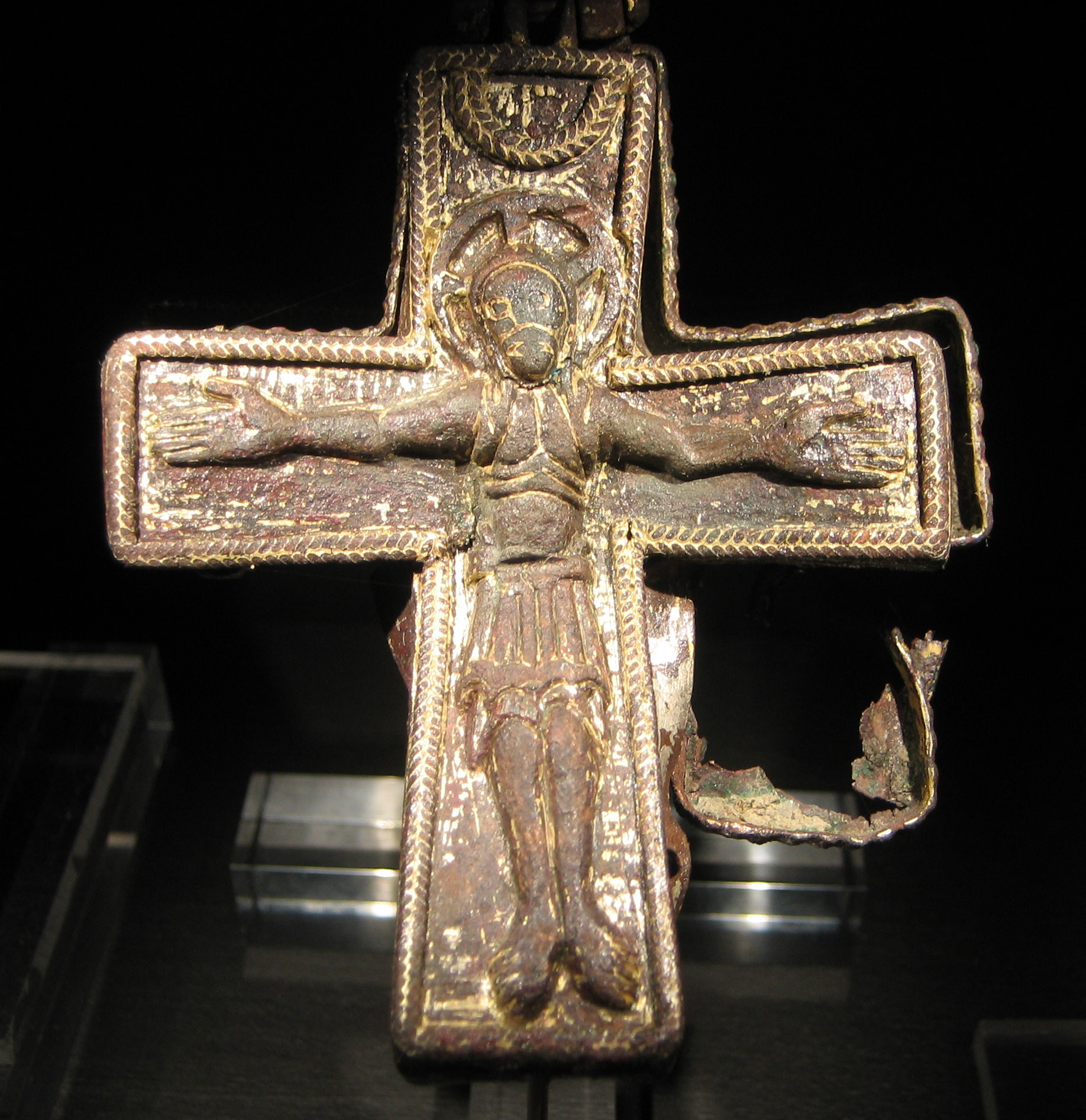
When the Vikings became Christians, the old pagan customs began to wane. Long before the Vikings’ settlement in the 900s, Britain had Christians. Soon Vikings also became Christians. The Viking leaders churches and built churches and placed painted stone crosses.
Being the pagans, Vikings held religious beliefs other than the main world religions. They were just like Pastafarians who worship noodles and interestingly enough, their god is a flying spaghetti monster.
So did you find these mythical beliefs about the fierce seafaring raiders and traders ‘Vikings’ intriguing? Do tell us what you think!
Popular Posts
Top 10 Sharpest & Deadliest Swords In History
In classic mythological movies, books and television, we’ve seen those audacious sword-wielding heroes smiting the enemi...
Augustus Perez
List of Water Deities from Different Mythologies
Water deities are the gods and goddesses who had the powers to control the elements of water and ruled over all the fresh and saltwater of the earth. Here’s a list of water deities from different mythologies.
Rishika Gupta
Winged Lion: The Terrifying Mythical Creature In Different Mythologies
A mythological creature, a winged lion dates back to ancient times. This flying lion-like creature has origins in Heraldry, Christianity, Mesopotamian, and Greek mythologies.
Ethan Stephans






